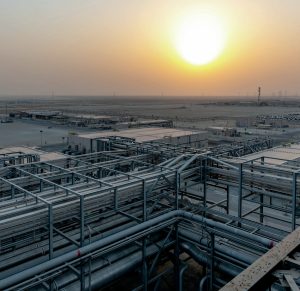
IPCO buys New Era Converting Machinery
IPCO AB has acquired web converting equipment manufacturer New Era Converting Machinery Inc. New Era is a web converting equipment design and manufacturing business, with two facilities in New Jersey, USA, and around 100 employees. Its technology platform of web handling, coating, laminating, and embossing equipment expands IPCO’s presence in key industries, especially in sustainability-driven segments. It also complements IPCO’s double-belt press and film casting solutions.




